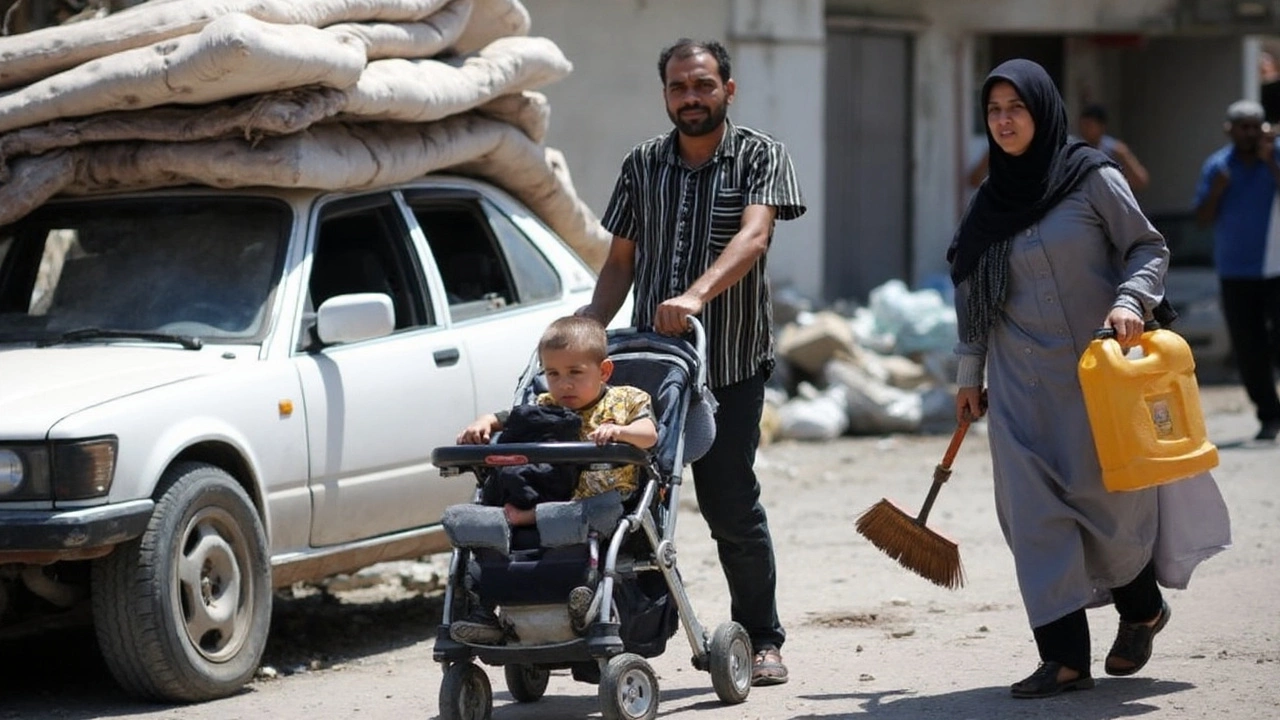Gaza Famine: What’s Happening and How You Can Help
When you hear the word “famine” you picture empty shelves and desperate people. That’s the reality for many families in Gaza right now. The conflict, blockades and cuts to essential supplies have turned a tough situation into a full‑blown food crisis. If you want to understand what’s driving this shortage and what you can do to help, keep reading.
Why the famine is worsening
First, the ground reality: Gaza’s already limited farmland has been damaged by repeated bombings. Crops that once fed neighborhoods are now barren, and the few farms that survived struggle to get water because electricity is intermittent. Second, the blockade imposed by neighboring forces restricts the flow of fuel, fertilizer and spare parts for irrigation. Without fuel, generators that power water pumps shut down, leaving fields dry.
Third, imports of food and medical supplies have been cut or delayed. Humanitarian convoys often face checkpoints, paperwork hurdles or outright bans, meaning that even when aid is ready, it can sit in warehouses for days. The United Nations warns that the nutrition levels in Gaza’s children are dropping faster than in any other conflict zone this year.
Finally, the soaring cost of what little food does get through pushes everyday items out of reach for most households. A single loaf of bread can cost twice the average daily wage, forcing families to choose between buying food or paying for water and medicine. This economic squeeze compounds the physical scarcity, turning a shortage into a famine.
Ways to support relief efforts
Feeling helpless is natural, but there are concrete steps you can take. Donate to reputable NGOs that have on‑the‑ground partners in Gaza – organizations like UNRWA, Médecins Sans Frontières and the International Committee of the Red Cross are actively distributing food parcels and medical kits.
Raise awareness on social media. Sharing verified news stories, UN reports and personal testimonies helps keep the crisis in the public eye and puts pressure on policymakers to open safe corridors for aid.
Contact your local representatives. Ask them to support legislation that eases the blockade for humanitarian shipments and to condemn actions that block food deliveries. A single email or phone call can add up when thousands of citizens do it.
Consider supporting long‑term projects that rebuild Gaza’s agricultural capacity. Small‑scale seed grants, solar‑powered irrigation kits and training programs can help families become more self‑sufficient once the immediate danger passes.
Finally, stay informed. The situation evolves quickly, and misinformation spreads fast. Follow trusted news outlets and official UN updates so you know where help is most needed.
The Gaza famine isn’t just a headline; it’s a daily struggle for millions of people who deserve food, water and a chance to live. By understanding the root causes and taking targeted action, you can turn concern into tangible aid. Every contribution, no matter how small, brings the region one step closer to relief.

Gaza famine confirmed in Gaza City as UN calls it a failure of humanity
A UN-backed analysis has confirmed famine in Gaza City for the first time, putting the area at IPC Phase 5— the most severe level. Over half a million people face starvation, with conditions projected to spread to Deir al-Balah and Khan Younis by late September. The UN chief called it a man-made disaster. Israel rejects the findings, as aid groups warn deaths will climb without an immediate surge in access.